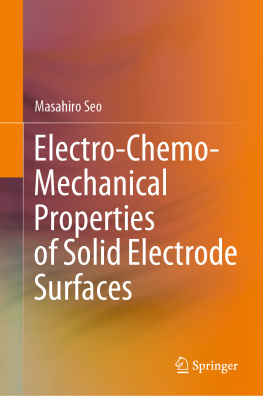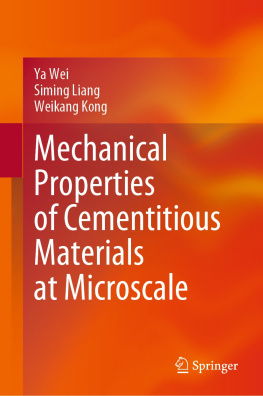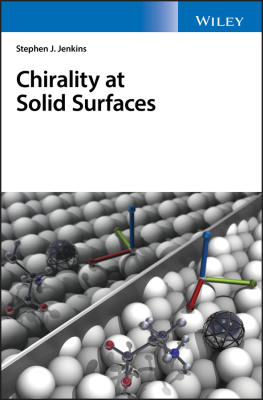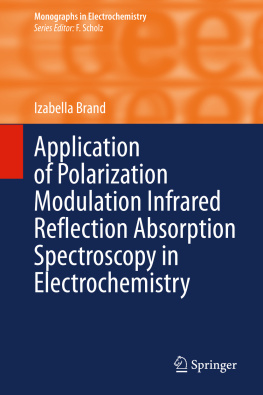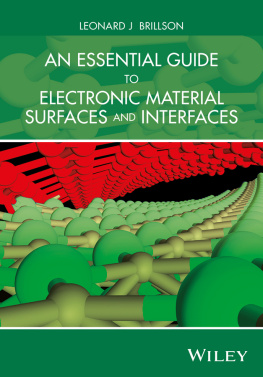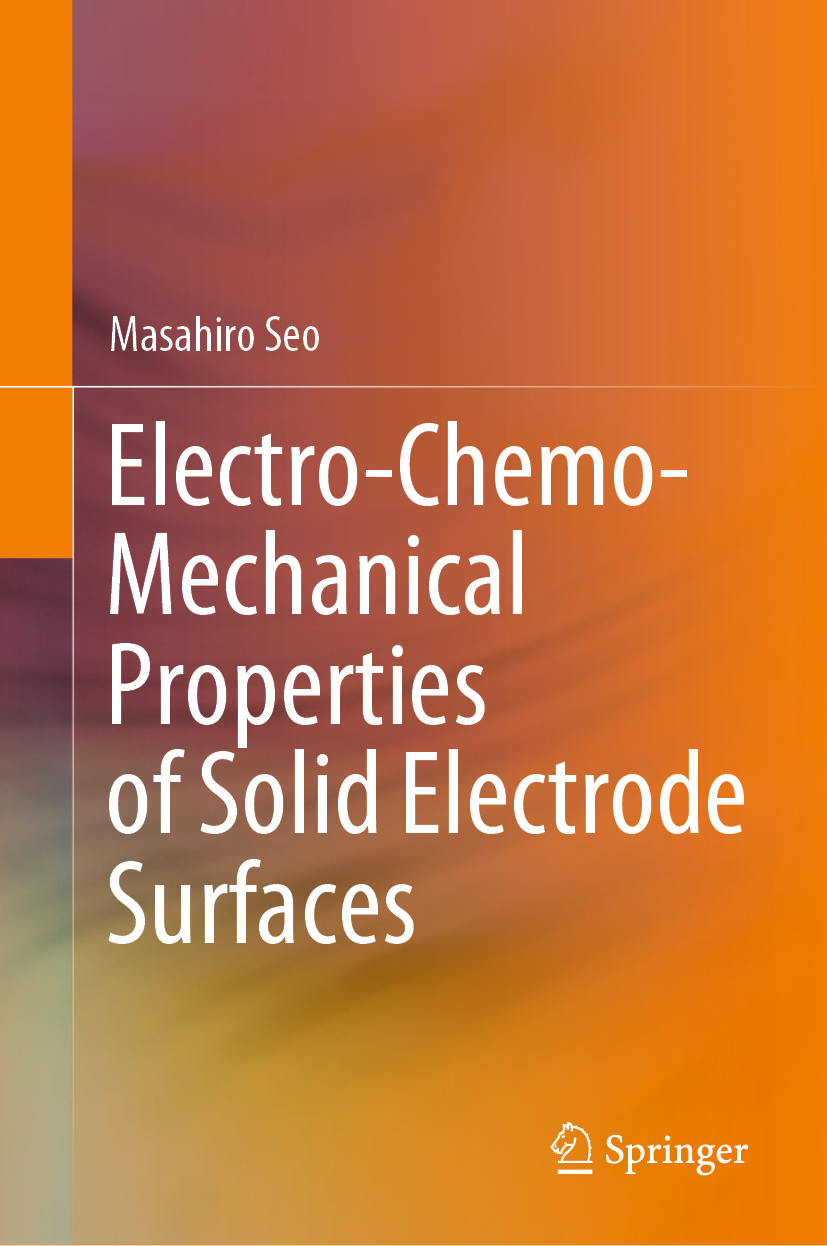Masahiro Seo
Emeritus Professor, Faculty of Engineering, Hokkaido University, Sapporo, Japan
ISBN 978-981-15-7276-0 e-ISBN 978-981-15-7277-7
https://doi.org/10.1007/978-981-15-7277-7
Springer Nature Singapore Pte Ltd. 2020
This work is subject to copyright. All rights are reserved by the Publisher, whether the whole or part of the material is concerned, specifically the rights of translation, reprinting, reuse of illustrations, recitation, broadcasting, reproduction on microfilms or in any other physical way, and transmission or information storage and retrieval, electronic adaptation, computer software, or by similar or dissimilar methodology now known or hereafter developed.
The use of general descriptive names, registered names, trademarks, service marks, etc. in this publication does not imply, even in the absence of a specific statement, that such names are exempt from the relevant protective laws and regulations and therefore free for general use.
The publisher, the authors and the editors are safe to assume that the advice and information in this book are believed to be true and accurate at the date of publication. Neither the publisher nor the authors or the editors give a warranty, expressed or implied, with respect to the material contained herein or for any errors or omissions that may have been made. The publisher remains neutral with regard to jurisdictional claims in published maps and institutional affiliations.
This Springer imprint is published by the registered company Springer Nature Singapore Pte Ltd.
The registered company address is: 152 Beach Road, #21-01/04 Gateway East, Singapore 189721, Singapore
Preface
Surface stress is the mechanical work unique for a solid surface which is elastically deformed due to low mobility of the component atoms. When the potential is applied to a solid metal electrode in electrolyte solution, the surface stress of the solid electrode changes depending on the applied potential due to the electrochemical reaction taking place on the electrode such as electro-sorption or electro-deposition. Reversely, when a solid metal electrode is elastically strained, the potential of the electrode varies depending on the degree of the surface strain. In addition, when a surface oxide film (anodic oxide film) is formed and grown on a solid metal electrode during anodic oxidation, stress is generated in the film and the film stress varies depending on the conditions of anodic oxidation. The properties of solid electrode surfaces associated with the correlation between electrochemical and mechanical phenomena are named electro-chemo-mechanical properties.
This book deals with the electro-chemo-mechanical properties of solid electrode surfaces that are useful for a deep insight into the interfacial phenomena such as electro-catalytic reaction, surface film formation and corrosion. This text is aimed at graduates and senior undergraduates studying interfacial electrochemistry and materials science or those beginning research work in the fields and related areas.
In Chap..
In Chap. , the controversial arguments made so far for surface thermodynamics of a solid electrode are reviewed to find a clue for solving the thermodynamic issues.
Stresses generated in anodic oxide films on a solid metal electrode are influenced by many factors associated with the film formation and growth mechanism. In Chap..
I would like to acknowledge the colleagues of Corrosion Research Group at Hokkaido University who gave me a strong motivation for the preparation of this book. I wish to thank postdoctoral and graduate students studied in my laboratory for their contribution to this book. Finally, I am grateful to my wife, Hiroko, for her constant support.

